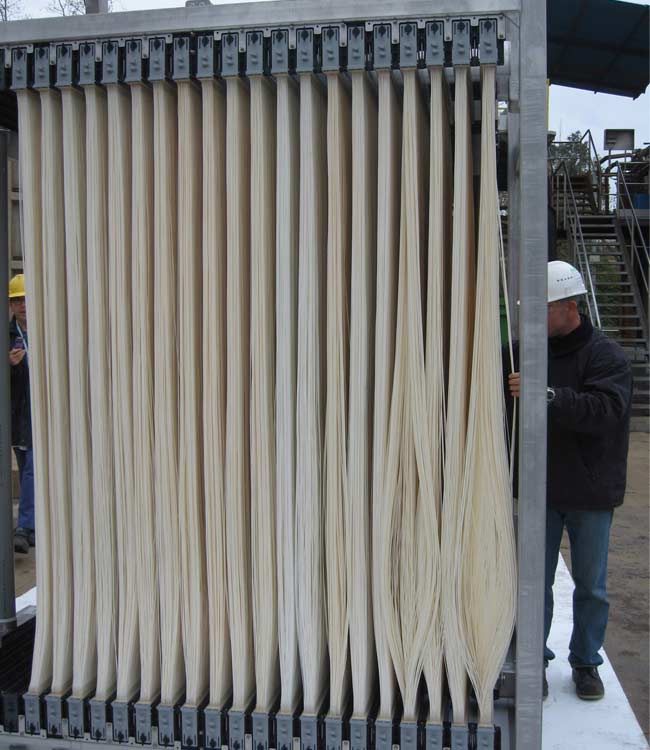Drinking water, its cycle and processes
The drinking water cycle and processes
Before writing an article on the potable water or drinking water cycle, we wanted to read everything that is said in Wikipedia, in order not to affirm erroneous concepts that are said frequently.
Everything you need to know about purification
Which is the drinking water?
The most accepted and well-known definition of what it is says: that it is a colorless, odorless and tasteless liquid. This definition, although acceptable, does not have to be 100% true. Drinking water is one that does not contain pathogens, chemicals and other materials that can be harmful to our body.

But let's focus on its classic definition:
The water can be slightly colored depending on its origin, but due to a small quantity, the color is imperceptible to the eye.
There are waters that may have a slight reddish coloration if they are surface waters (rivers, lakes, etc.) if they cross terrain with a high iron content along the way. At first glance we would surely avoid drinking or cooking with it, but its degree of danger will depend on its concentration.
It also happens that there are springs that emit a strong odor and instead can be drunk, they are usually waters that, due to their characteristics, can be medicinal, waters that on their way cross land where odors produced by gases are released and that are perfectly drinkable although their taste may be disgusting.
But its degree of danger increases if this color comes from an industrial activity.
The danger can come from a textile industry, a chemical industry or a mining industry. In any case it is important that the liquid is transparent, this condition is achieved by eliminating particles or suspended materials and colloidal materials.
Colloidal materials are particles so small that due to their small weight they always remain in suspension and if there is no agent to destabilize them they will never settle.
The water may have a taste if its route crosses land whose composition is made of certain minerals, water from different springs has different flavors, due to the type of soil through which they circulate. It also happens that there are springs that emit a strong odor and instead that can be taken are usually waters that due to their characteristics can be medicinal, waters that on their way cross land where odors produced by gases are released and that are perfectly drinkable although their taste may be unpleasant.

How is it obtained when it does not come directly from a spring?
It will depend on the way it is obtained since there are surface, underground, residual and marine. To make it drinkable there are various procedures:
Purification systems according to the origin.
1.- Surface waters
1.1 Physical-chemical process:
Physicochemical processes are those that use chemical reagents that, mixed with water at great power, produce a separation of clarified water from suspended and colloidal materials, using a large amount of energy and labor, at significant costs.
1.2.- Membrane purification
Ultrafiltration membrane processes are those that retain suspended and colloidal materials, without the need to provide chemical reagents for the separation of said materials from clear water, the water obtained is perfectly drinkable directly, if it has to be stored UV disinfection is recommended, sludge production is minimal

2.- Groundwater, purification through biological systems
Groundwater in many cases will be contaminated due to seepage of fertilizers applied to the agricultural industry, greenhouses, etc. To make this water drinkable, it will be necessary to apply biological systems, together with ultrafiltration systems with membranes and disinfection, there are other systems possible to apply, but as we will see in the following table, they are either less effective or more expensive to operate.
3.- Drinkable water – regenerated from various sources
The growing increases in water consumption and the increasing scarcity of it due to climate change have led to the search for formulas to reuse the so-called wastewater of various origins (evacuated by populations and industries of all kinds), with in order to eliminate all impurities and contaminating elements to the point that it is possible to use and consume them again, with the same safety as in their first cycle.
4.- Saline or brackish water regenerated by reverse osmosis
It has come at specific times due to scarcity, or in general due to the increase in crops in desert areas, that the existing surface and groundwater have become insufficient, from this moment it has become necessary to use seawater or aquifers brackish
| Procedure | Physiochemical | Ultrafitration | Biological systems | Inverse osmosis |
| Operating cost | High | Low | Half-high | High |
| Performance | 65- 70% | 98-99,5% | 98-99,5% | 50-60% |
| Efficiency | Good | High | Good | 90% |
| Waste | High | Few | Acceptable | High (does not remove nitrates) |
| Spare parts | Half | Few | Half | Filter replacement every 2-3 weeks Membranes every 2-3 years |
| Energy consumption | High | Low-Half | Half | High |
| Selective | Yes | Yes | Yes | Low |
| Investment | Half-high | Half-high | It depends on the origin of the water to be regenerated. | High |
| Ease of plant operation | Complex | Easy | Easy | |
|
Investment cost |
High | High | Low-high |
Graph of characteristics of the different processes by Biofil Biology and Filtration.
